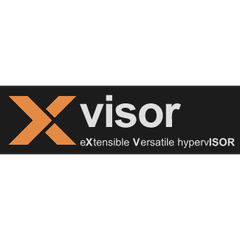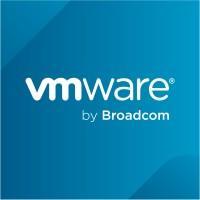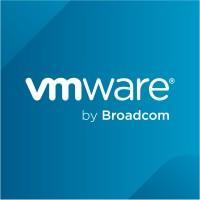
µ-visor
µ-visor is a sophisticated hypervisor tailored for microcontrollers, enabling safe consolidation of multiple operating systems with hardware-enforced separation. It boasts near-zero overhead, ensuring real-time efficiency and resource optimization. With the Compose tool, configuration is user-friendly, facilitating deployment in safety-critical environments like automotive and industrial applications, while supporting various OS types.
Top µ-visor Alternatives
VMware Workstation Pro
VMware Workstation Pro is a powerful desktop hypervisor that enables users to create and manage virtual machines on Windows, Linux, and Mac systems.
Xvisor
Xvisor® is an open-source type-1 hypervisor designed for high performance and low memory usage across various CPU architectures, including ARM and RISC-V.
VMware Fusion Pro
VMware Fusion Pro offers a robust desktop hypervisor solution, allowing users to seamlessly run multiple operating systems on Windows, Linux, and Mac platforms.
CrossOver
CrossOver empowers users to seamlessly run Windows applications on Mac and Linux without the hassle of dual-booting or emulators.
VMware ESXi
VMware ESXi is a powerful bare-metal hypervisor that installs directly on physical servers, offering seamless access to hardware resources.
Apple Hypervisor
The Apple Hypervisor framework enables developers to build efficient virtualization solutions using a lightweight hypervisor, eliminating the need for third-party kernel extensions.
AWS Nitro System
By offloading virtualization tasks to dedicated hardware, it maximizes server resource allocation...
Lguest
By utilizing a pty console, it allows efficient interaction and faster kernel test boots, achieving...
Top µ-visor Features
- hardware-enforced separation
- multiple-OS support
- near-zero overhead
- scalable architecture
- efficient multicore utilization
- user-configurable fault management
- simplified configuration tool
- no coding required
- freedom-from-interference
- proprietary code delivery
- open virtual CPUs
- support for various OS
- critical safety certifications
- flexible resource management
- advanced debugging tools
- real-time operation efficiency
- seamless integration with IDE
- comprehensive development support
- reduced project time-to-market
- industry-specific compliance







